Nell’odierno spazio di stoccaggio dell’energia in rapida evoluzione, una comprensione più profonda delle caratteristiche di LiFePO4 (litio ferro fosfato) e polimero a ioni di litio (Lipo) La batteria è un passo importante per comprendere le soluzioni energetiche del futuro. Queste due tecnologie a batteria hanno le proprie caratteristiche e mostrano vantaggi unici in diversi scenari di applicazione.
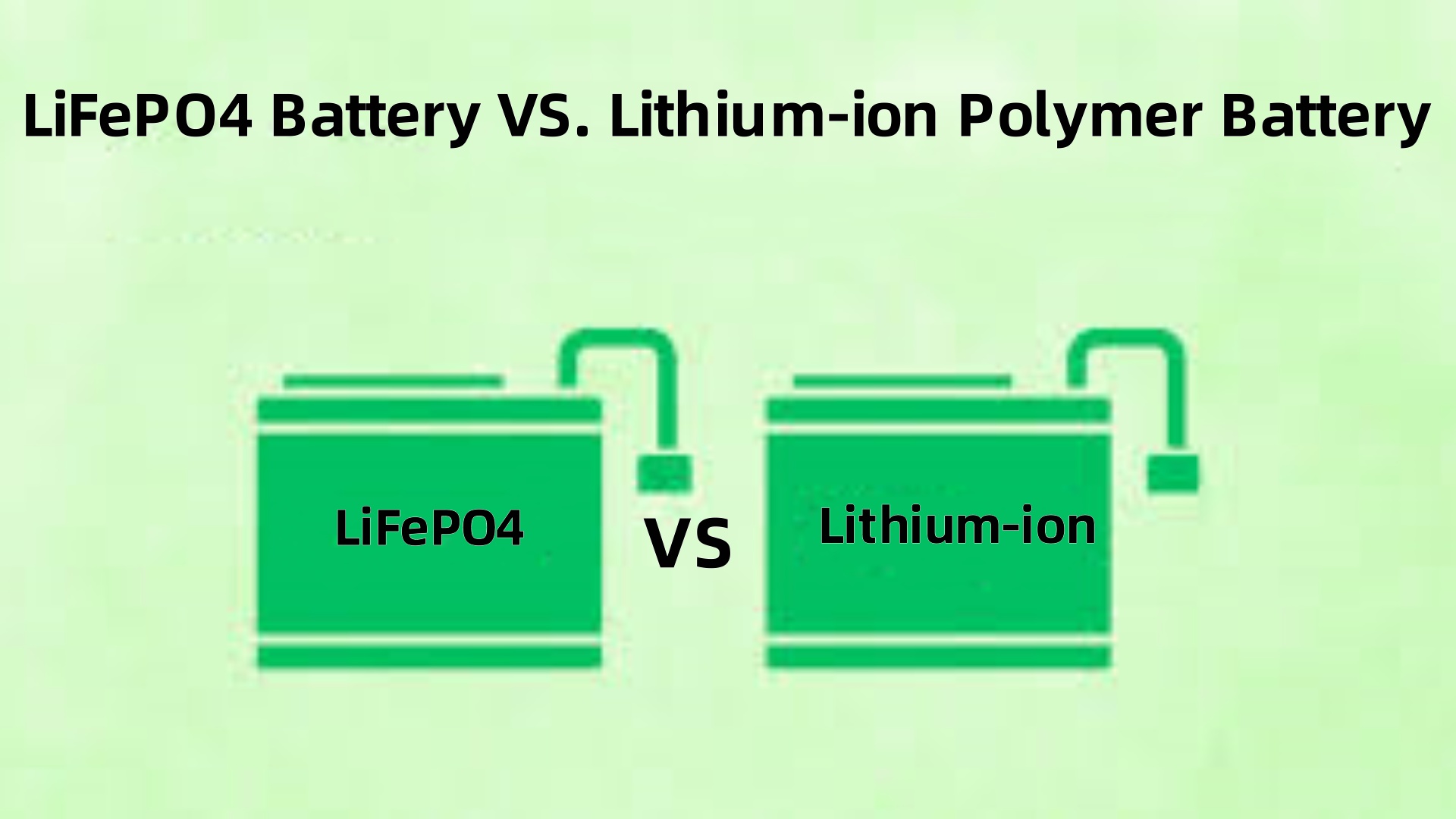
Questo articolo darà uno sguardo approfondito a LifePo4 (litio ferro fosfato) contro polimero agli ioni di litio (Lipo) batterie, Tuttavia, Scegliere la migliore soluzione della batteria ci richiede di pesare molti fattori e prendere decisioni informate in base a esigenze specifiche.
Cos'è una batteria LifePo4?
La batteria LifePO4, Nome completo Batteria fosfato di ferro litio, è un membro importante della famiglia delle batterie agli ioni di litio. Questa batteria, con la sua composizione chimica unica e le caratteristiche eccezionali delle prestazioni, sta cambiando la nostra comprensione della tecnologia di accumulo di energia.
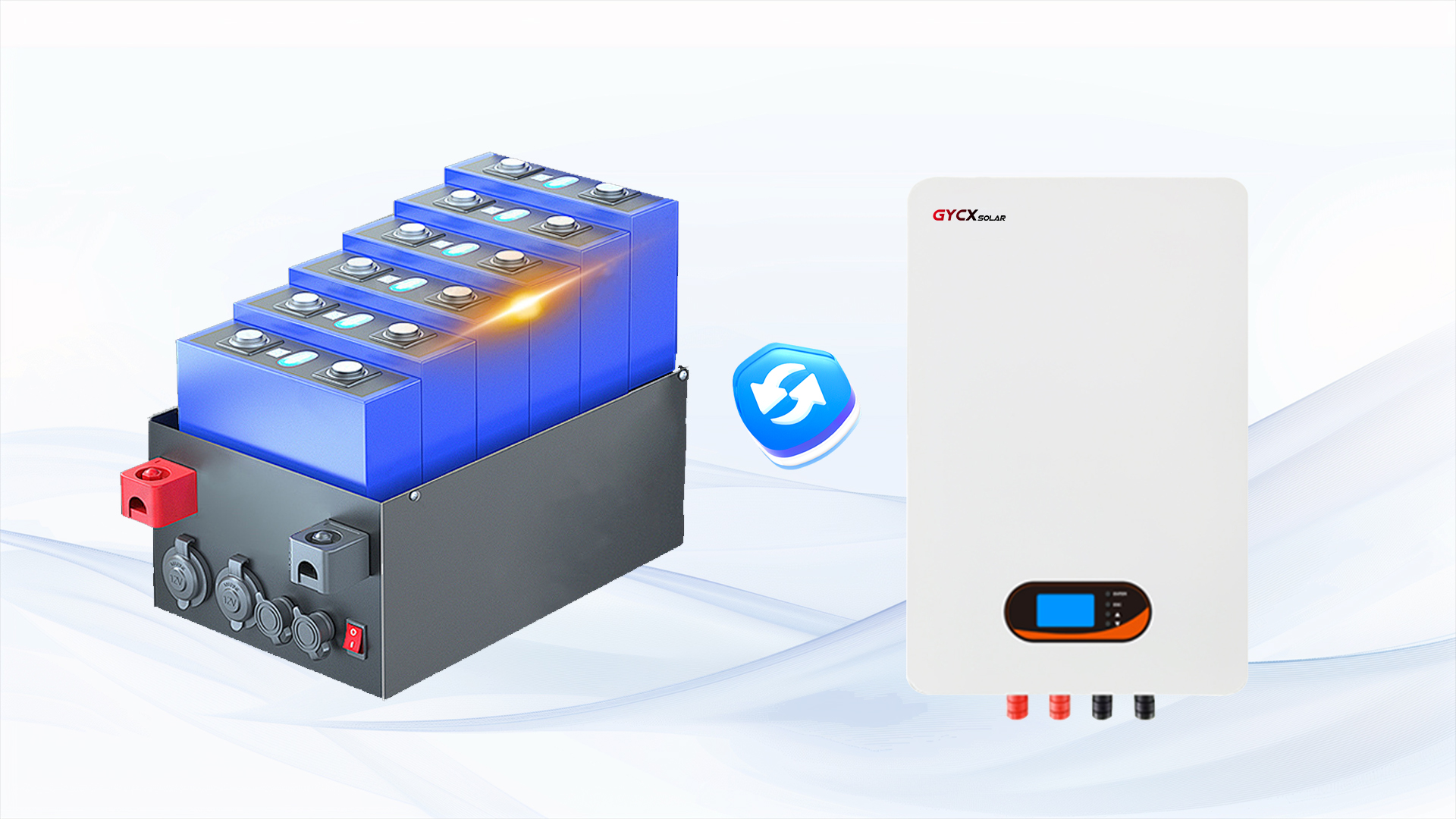
I materiali catodici delle batterie al litio includono principalmente cobaltato di litio, Manganato di litio, litio nichelato, materiali ternari e litio ferro fosfato.
Composizione core e principio di lavoro
Materiale anodo
La caratteristica più notevole delle batterie LifePo4 è l'uso del fosfato di ferro al litio (LiFePO4) come materiale elettrodo positivo.
Questo materiale ha una struttura cristallina stabile, Dare alla batteria eccellente stabilità termica e sicurezza.
Materiali elettrodi negativi
Di solito è fatto di carbonio grafitico, Simile alle tradizionali batterie agli ioni di litio.
Elettrolita
Un elettrolita liquido formato usando sali di litio disciolti in un solvente organico.
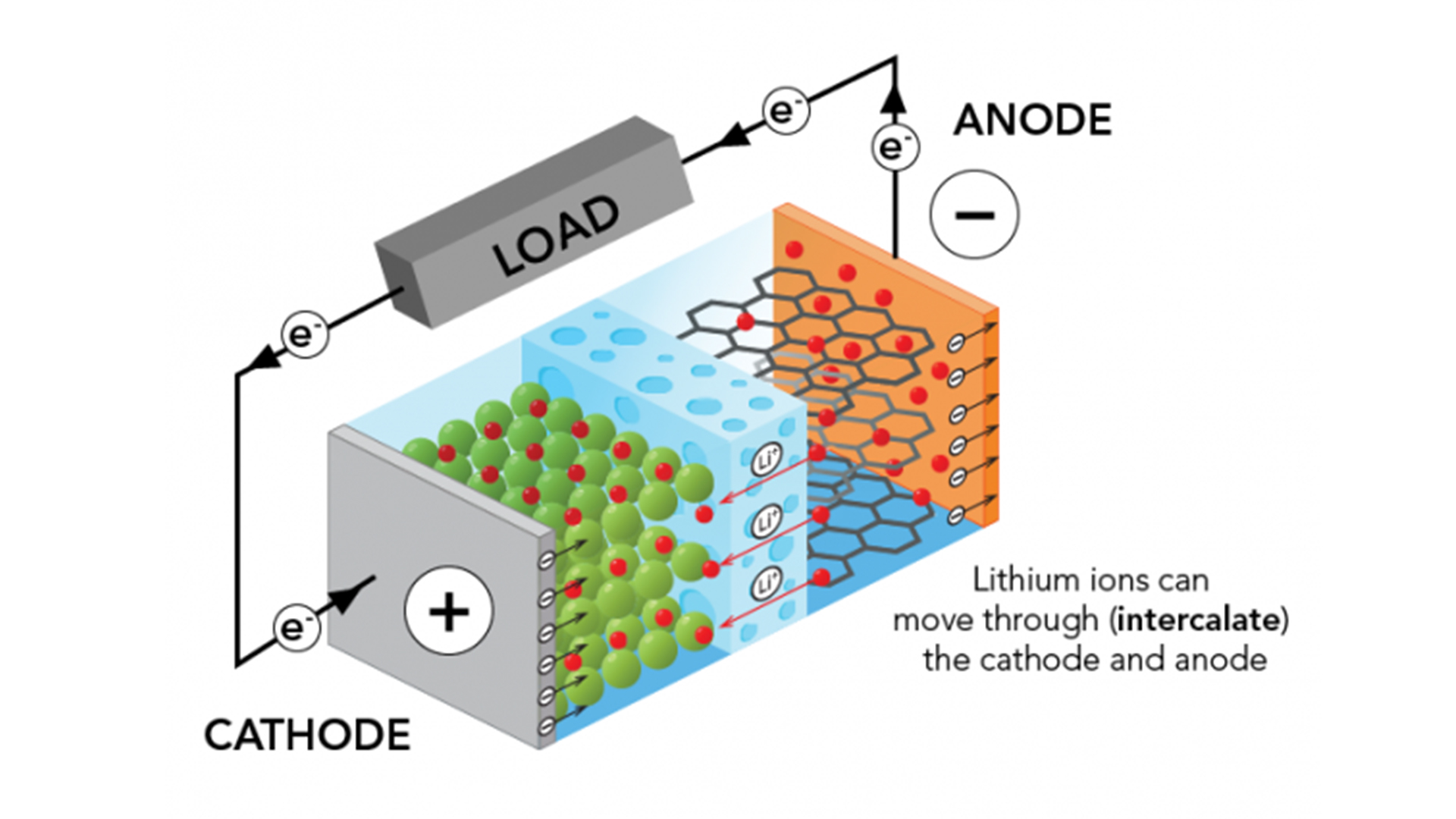
Principio di funzionamento
Processo di ricarica: Gli ioni al litio vengono rimossi dalla struttura LifePO4 dell'elettrodo positivo e incorporati tra gli strati di grafite dell'elettrodo negativo attraverso l'elettrolita e il diaframma.
Processo di scarico: Gli ioni di litio sfuggono allo strato di grafite negativo, attraverso l'elettrolita e il diaframma, Ricoppato nella struttura LifePO4 dell'elettrodo positivo.
Vantaggi della batteria LifePO4
Ciclo di vita lungo
Il numero di cicli di carica e scarica è di solito più di 2000 volte, e la batteria di litio LifePO4 può essere utilizzata per 7 A 8 anni nelle stesse condizioni, molto più di altri tipi di batterie al litio.
Eccellenza della sicurezza
La batteria LifePO4 ha subito rigorosi test di sicurezza, avere una buona stabilità termica, e non sono inclini alla fuga termica in condizioni estreme. Anche se c'è un incidente stradale, non esploderà.
Capacità di carica rapida e scarica
Utilizzando un caricabatterie dedicato, Può resistere ad alta tariffa e dimissione, che è adatto per scenari di applicazione che richiedono una risposta rapida.
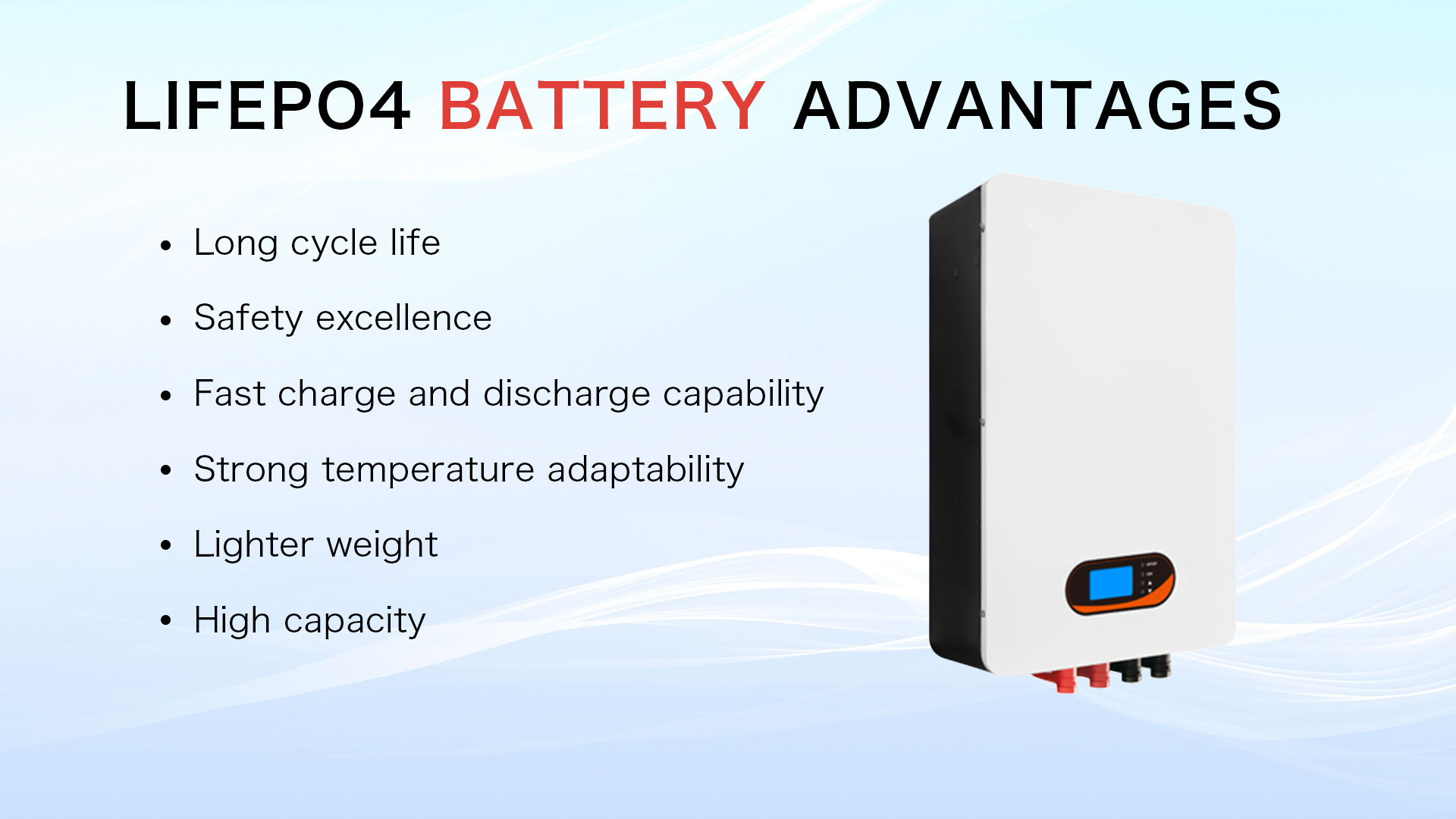
Forte adattabilità della temperatura
Il valore dell'aria calda della batteria LifePO4 può raggiungere 350 A 500 gradi Celsius. Prestazioni stabili in ambiente ad alta temperatura, Adatto a varie condizioni climatiche.
Peso più leggero
Sotto la stessa capacità di specifica, Il volume della batteria del fosfato di ferro al litio è solo i due terzi del volume della batteria al piombo acido, e il peso è solo un terzo della batteria al piombo acido.
Alta capacità
Se la batteria è completamente carica e non si scarica a lungo, La sua capacità scenderà rapidamente al di sotto del valore di capacità nominale, che si chiama effetto memoria. Le batterie a idruro di nichel-metallo e le batterie al nichel-cadmio hanno memoria, e le batterie al fosfato di ferro al litio non esistono questo fenomeno. Per batterie al fosfato di ferro al litio, non importa in quale stato si trovino, Possono essere addebitati in qualsiasi momento senza prima scaricare e quindi addebitare.
Svantaggi della batteria LifePO4
Scarse prestazioni a bassa temperatura
Nell'ambiente freddo, le prestazioni diminuiscono significativamente, e l'attenuazione della batteria raggiungerà circa 55% a circa -20 gradi Celsius.
Bassa densità energetica
Ogni volta che raggiungi 150 WH/kg, Il volume/peso della batteria diventa più grande. Allo stesso volume, Lo stoccaggio di energia non è buono come le batterie polimeriche agli ioni di litio.
Costo iniziale elevato
Sebbene sia più economico a lungo termine, L'investimento iniziale è grande.
Le prestazioni del processo della batteria sono instabili
La coerenza delle prestazioni è scarsa.
Cos'è una batteria agli ioni di litio?
La batteria agli ioni di litio è una specie di batteria secondaria con composto contenente al litio come elettrodo positivo, Attraverso il processo di ricarica e scarica gli ioni di litio tra gli elettrodi positivi e negativi della batteria per ottenere la ricarica e lo scarico. La batteria agli ioni di litio è costituita da elettrodo positivo, Elettrodo negativo, elettrolita, diaframma e così via.
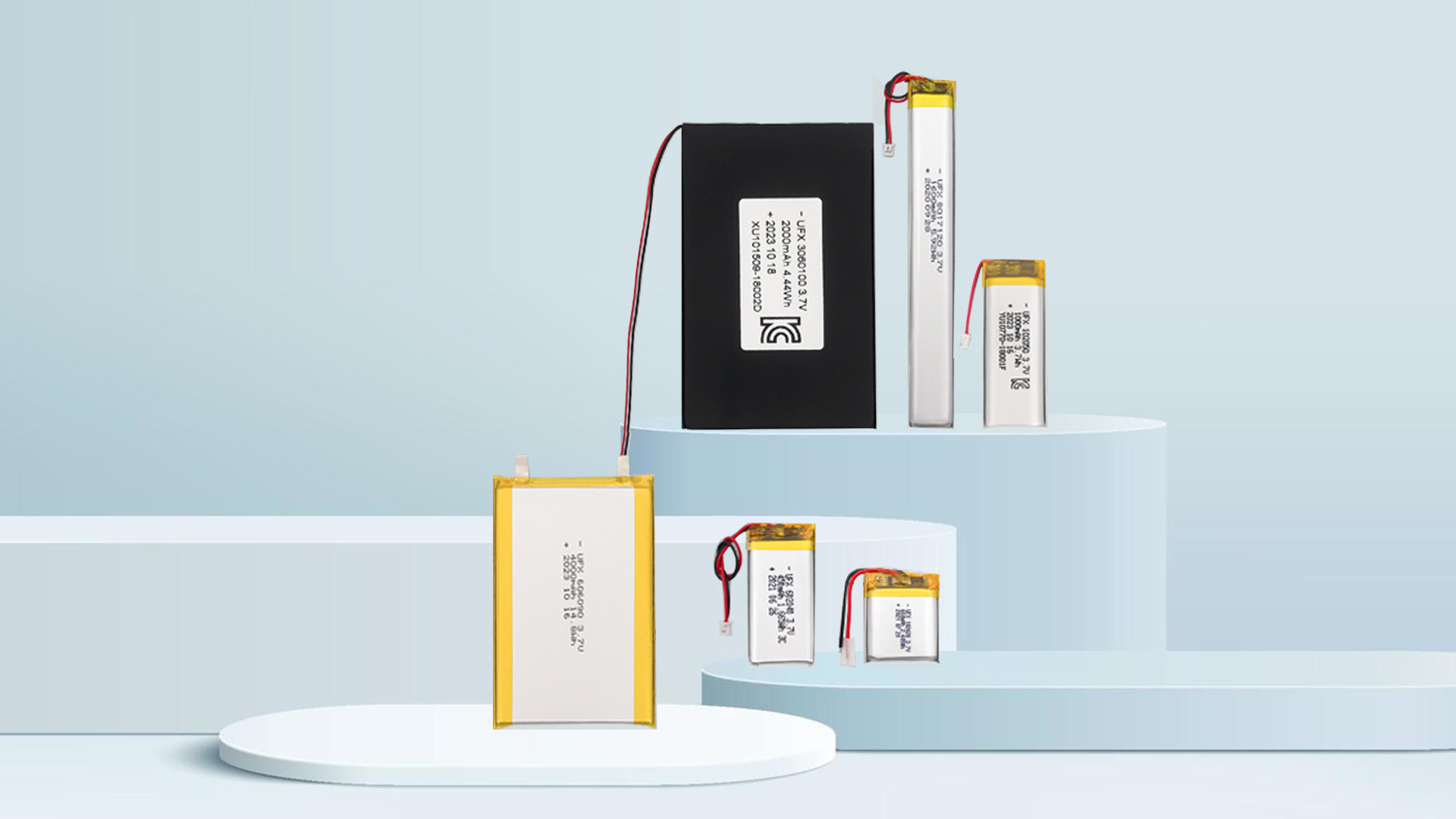
La batteria polimerica ion ioni ithium è un ramo importante della tecnologia delle batterie agli ioni di litio. La sua caratteristica distintiva è l'uso di elettroliti polimerici.
Vantaggi della batteria agli ioni di litio
Alta impedenza interna
Perché l'elettrolita della batteria agli ioni di litio è una soluzione organica, La conducibilità è molto più bassa di quella della batteria di nichel-cadmio; L'elettrolita delle batterie idruro di nichel-metallo è profondamente sciolto in acqua, Quindi la resistenza interna delle batterie agli ioni di litio è circa dieci volte maggiore di quella delle batterie a nichel-cadmio o batterie a idruro di nichel-metallo.
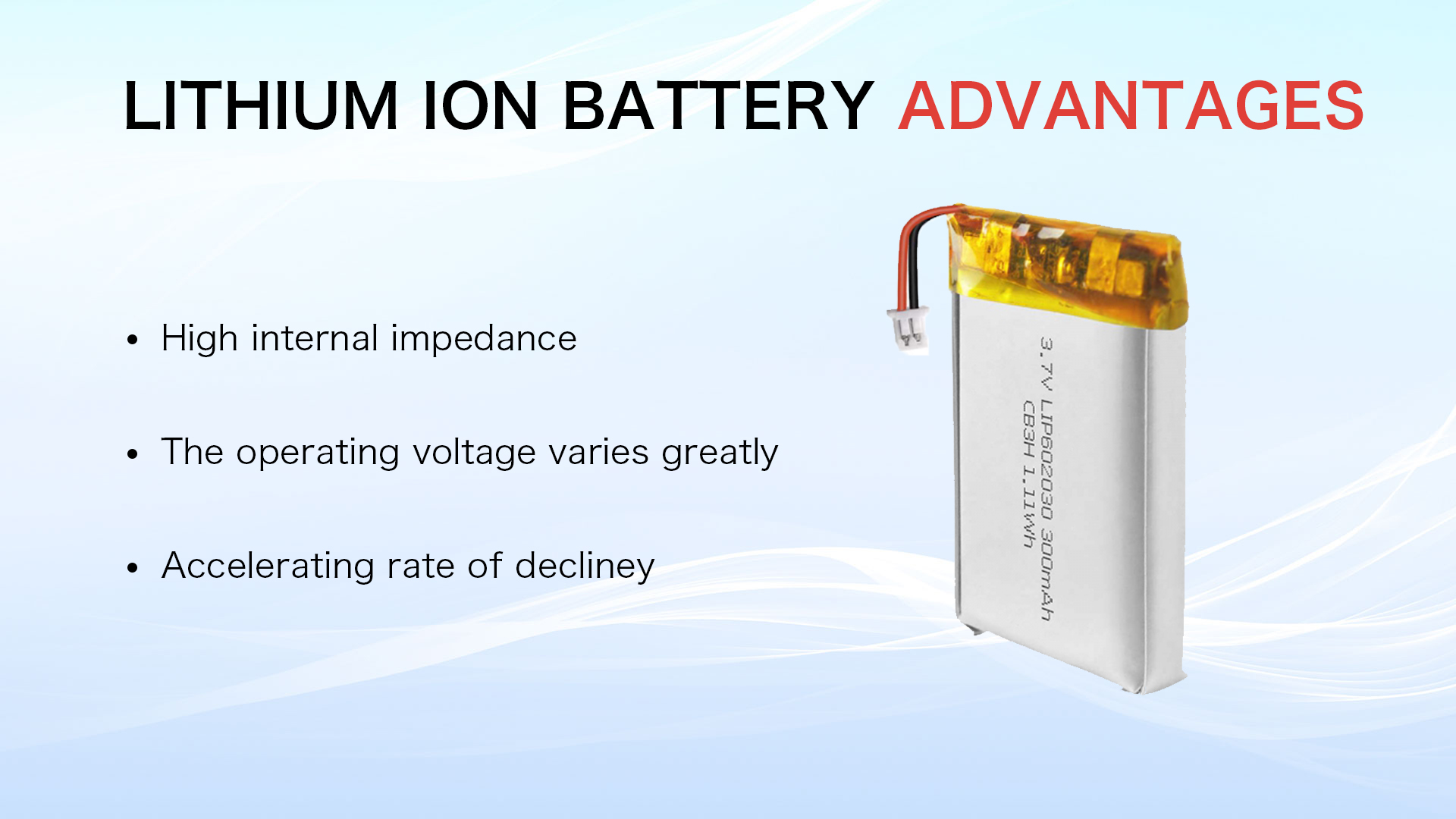
La tensione operativa varia notevolmente
Quando la batteria viene scaricata 80% della capacità nominale, La variazione di tensione della batteria NICD è piccola (Di 20%). In contrasto, La tensione delle batterie agli ioni di litio varia notevolmente (Di 40%). Questo è un serio svantaggio per i dispositivi alimentati a batteria. Tuttavia, Perché la tensione di scarico delle batterie agli ioni di litio varia notevolmente, È anche facile rilevare la carica rimanente della batteria di conseguenza.
Accelerazione del tasso di declino
Maggiore è la velocità di scarico, Maggiore è il calo della capacità. Una volta che la velocità di scarico è troppo alta (>1C), La capacità della batteria agli ioni di litio diminuirà relativamente grande, Quindi la batteria agli ioni di litio non può essere scaricata con grande corrente, La velocità massima di scarico è 1c, e quando la velocità di scarico supera 1c, La capacità e la durata della batteria saranno ridotte.
La differenza tra LifePO4 e Batteria polimerica a ioni di litio
Chimica e composizione
La batteria LifePO4, ampiamente riconosciuto per il suo catodo di fosfato di ferro, offre una maggiore stabilità e sicurezza termica. In contrasto, Batteria polimerica ionica di litio Utilizzare un elettrolita polimerico e una varietà di materiali catodici, Compreso il cobalto, composti a base di manganese o nichel. Questo cambiamento di composizione può influire significativamente sulle sue caratteristiche di prestazione e sicurezza.
Aspetto della densità di energia
Le batterie polimeriche agli ioni di litio hanno generalmente una densità di energia più elevata rispetto alle batterie al fosfato di ferro al litio. Questa densità di energia superiore significa che possono immagazzinare più energia per unità di volume o peso. Il vantaggio di densità di energia rende la batteria al polimero di litio più adatto per applicazioni che richiedono un alimentatore leggero e compatto, come elettronica di consumo e dispositivi portatili.
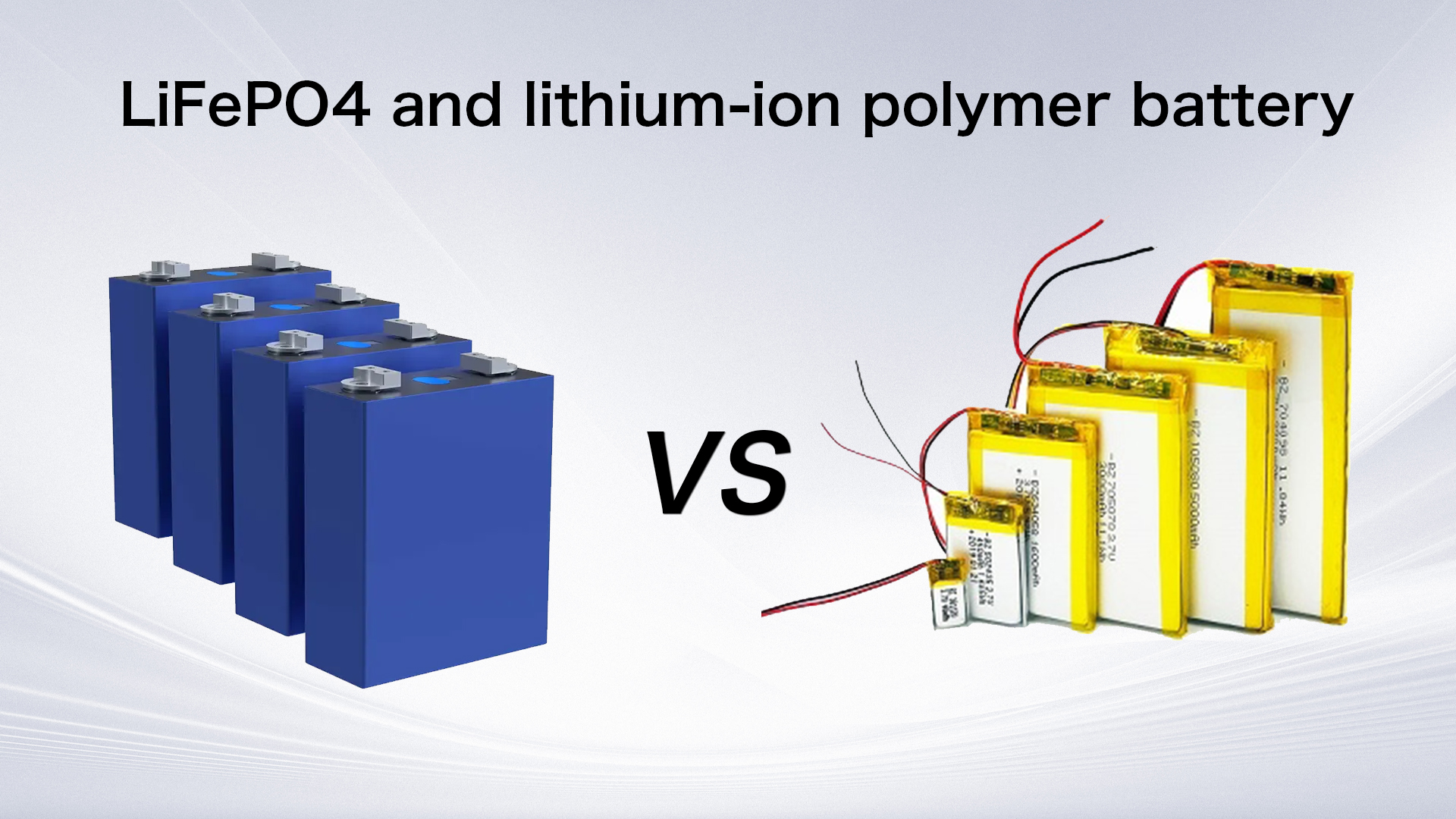
Sicurezza e stabilità
La batteria LifePo4 ha una migliore stabilità e sicurezza a causa della propria composizione, e non è soggetto a problemi di fuga o surriscaldamento termico. Al contrario, Le batterie polimeriche agli ioni di litio possono affrontare un rischio più elevato di problemi termici se non gestite o caricate correttamente, Quindi sono necessari meccanismi di sicurezza più sofisticati per impedire che si verifichino potenziali pericoli.
Performance e applicazione della batteria del polimero di LifePO4 e del litio ionico
Cicli di carica e scarica
Le batterie LifePO4 in genere hanno un numero più elevato di cicli di carica e scarica rispetto alle batterie polimeriche agli ioni di litio. Tendono a conservare la loro capacità dopo più cicli, renderli adatti per applicazioni che richiedono frequenti ricarica e scarico.
Voltaggio nominale
La tensione nominale delle batterie LifePO4 è generalmente inferiore a quella delle batterie polimeriche agli ioni di litio. Possono avere una tensione nominale da 3,2 V a 3,3 V per cellula, mentre le batterie polimeriche agli ioni di litio hanno in genere una tensione nominale più elevata.
Sensibilità alla temperatura
Le batterie LifePO4 sono generalmente meno sensibili alle fluttuazioni della temperatura rispetto alle batterie polimeriche agli ioni di litio. Tendono ad essere più stabili su una gamma più ampia di temperature e sono più adatti agli ambienti con le mutevoli condizioni di temperatura.
Conclusione
Le batterie a polimero di LifePO4 e a ioni di litio svolgono un ruolo importante nello sviluppo della tecnologia di conservazione dell'energia. Scegliere quale tecnologia a batteria richiede un'analisi approfondita dei requisiti specifici dello scenario dell'applicazione, come la sicurezza, densita 'energia, ciclo vitale, costo, e così via. Mentre la tecnologia continua ad avanzare, Entrambe le tecnologie della batteria sono continuamente ottimizzate e migliorate, e il futuro potrebbe vedere i loro rispettivi vantaggi o l'emergere di nuove tecnologie ibride.
Quando si sceglie una soluzione a batteria, Si consiglia di considerare il costo d'uso a lungo termine, L'impatto ambientale, e i requisiti di prestazione dell'applicazione specifica. Solo attraverso analisi complete e compromessi possiamo trovare la migliore soluzione di accumulo di energia per ogni scenario di applicazione unico.
Domande frequenti
Puoi consigliare prodotti a batteria LifePo4 migliori?
sì, noi a GYCX solare offrire una gamma completa di prodotti solari, Compreso batteria solare. Ci sono popolari prodotti a batteria LifePo4 tra cui scegliere,È possibile fare clic sul collegamento per visualizzare i prodotti per la batteria LifePO4 pertinenti.
È lifepo4 una batteria al polimero a ioni di litio?
Ovviamente no, LiFePO4 (litio ferro fosfato) è una sostanza chimica specifica per la batteria a ioni di litio noto per la sua eccellente sicurezza e stabilità, Ma non è necessariamente una batteria al polimero a ioni di litio.
Quanto dura la batteria LifePo4?
Se mantenuto correttamente, La batteria LifePo4 può durare approssimativamente 2,000 A 7,000 Cicli di carica. Grazie alla sua chimica più stabile e alla durata del ciclo più lungo, Ha una durata molto più lunga rispetto a molte altre batterie agli ioni di litio.
È possibile sovraccaricare una batteria LifePo4?
Rispetto ad altre batterie chimiche agli ioni di litio, Le batterie LifePO4 hanno una tolleranza relativamente forte alla sovraccarico. Tuttavia, Al fine di massimizzare la sua durata e garantire la sicurezza, Il sovraccarico a lungo termine dovrebbe ancora essere evitato.
Un caricabatterie agli ioni di litio può caricare una batteria LifePo4?
I caricabatterie agli ioni di litio non sono raccomandati per caricare le batterie LifePO4 a causa delle differenze di tensione e condizioni di ricarica. Si consiglia di utilizzare un caricabatterie appositamente adattato alle batterie LifePO4.
